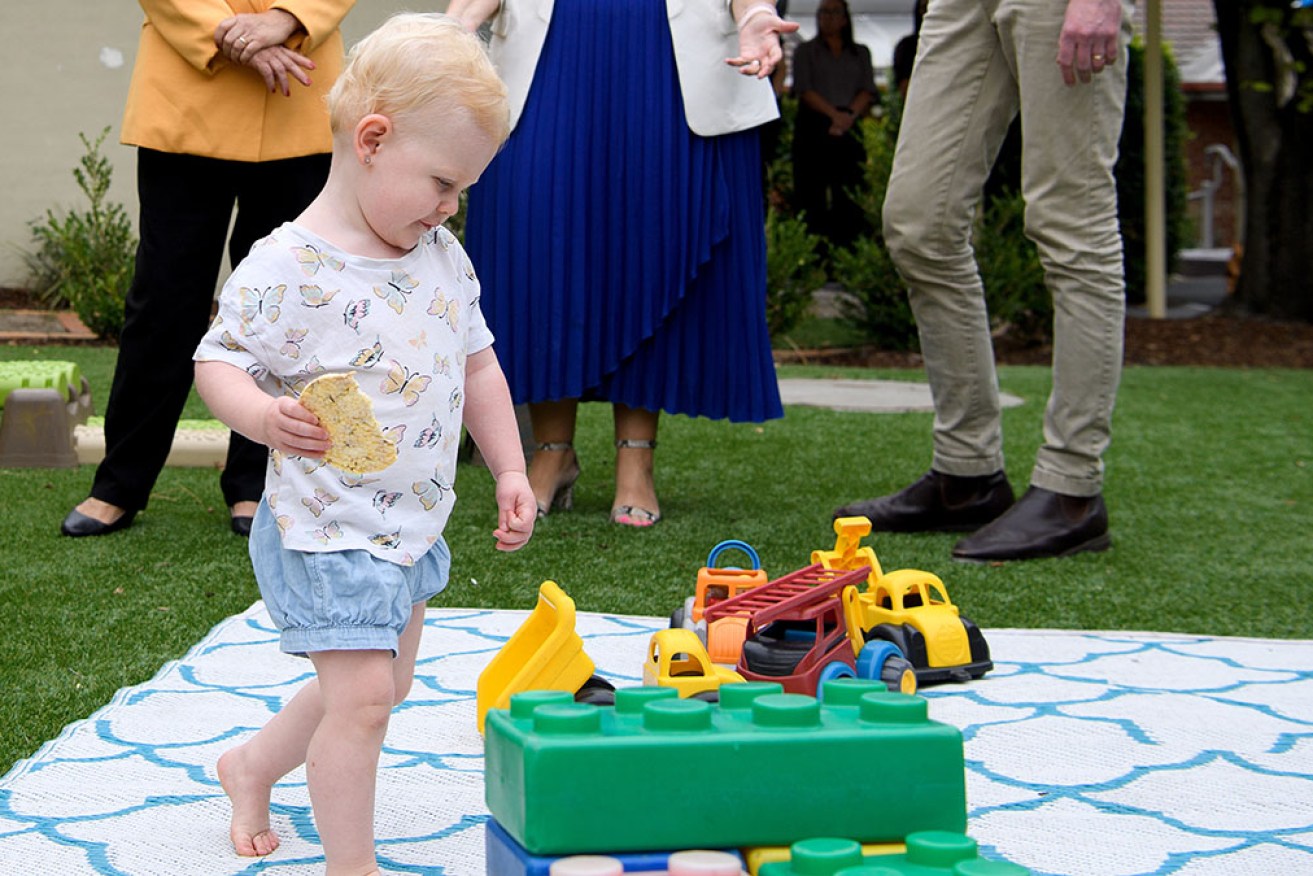Researchers find air in childcare settings heavy with plastic pollution

Out-of-pocket childcare expenses rose between seven and 16 per cent during the past four years. Photo: AAP
The air inside Australian homes and offices is loaded with microplastic pollution but childcare centres are the worst of all, a new study suggests.
Griffith University researchers have taken a forensic look at air quality in indoor environments where Australians spend the majority of their lives.
Air samples were collected and filtered at seven Gold Coast sites, including a childcare centre, an office, a school, two homes, a restaurant and the interior of a car.
The number of microplastic particles was then compared with outdoor samples where the average was less than 0.2 particles per cubic metre of air.
In all cases, plastic pollution in indoor samples was much higher but the standout was the childcare centre where it was 11 times higher, at 2.2 particles per cubic metre.
The office ranked second at 1.2 particles, the school at 1.0, and the two homes at 0.9 and 0.5.
The restaurant was 0.7 and the car was roughly on par with outdoor air, at 0.2.
Study co-author and environmental toxicology expert Frederic Leusch says the differing results can largely be explained by the presence of high plastic-content items, combined with activity levels.
Some of the worst sources for microplastic pollution are soft textiles, such as rugs, carpets, curtains and clothes, which are very good at shedding small particles that can hang in the air.
Plastic vessels and packaging also shed.
Both are commonly made from polyethylene terephthalate – or PET – which was the prominent polymer identified at most of the sites that were studied.
Add some energetic kids running around and stirring things up, and you have the answer.
“With the childcare centre there’s more carpet, there’s plastic toys, there’s more movement in the room as well with kids running, so it’s not phenomenally surprising that it would be high in such an environment,” Professor Leusch said.
He says there are a few simple things that people can do to reduce their exposure.
“The single biggest thing is to regularly open up the home to get a nice exchange of air from the outside.”
He says the low plastic loads detected inside the car point to the value of a regular exchange of air, as people get in and out.
Frequent vacuuming is also a must.
“Microplastics in the air will drop down into the dust on the floor,” he said.
“If you only vacuum once a month you could have a good reservoir waiting for you to re-suspend as you walk through your house.”
Finally, people should limit the use of clothes dryers and air-conditioners.
“Colleagues at the University of Queensland have done a study looking at the amount of microplastics particles released into air from dryers and it’s huge – probably the single primary source around the house.
“And air-conditioners are a known concentrator … of microplastics indoors.”
Lead researcher Kushani Perera says air samples were taken over two hours on three occasions at the seven sites.
A pump was used to capture air at a height of 1.2 metres, where a human mouth would be in a seated position.
She said more work was needed to determine if there are any health consequences from the inhalation of microplastic particles, estimated to be a few thousand per person per year.
“That’s the next step. Now we have understood the different exposure levels, I will culture human lung cells and expose them to the concentrations of microplastics we observed in this study.”
The peer review paper has been published in Science of The Total Environment.
-AAP








